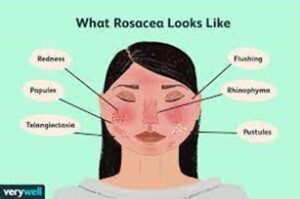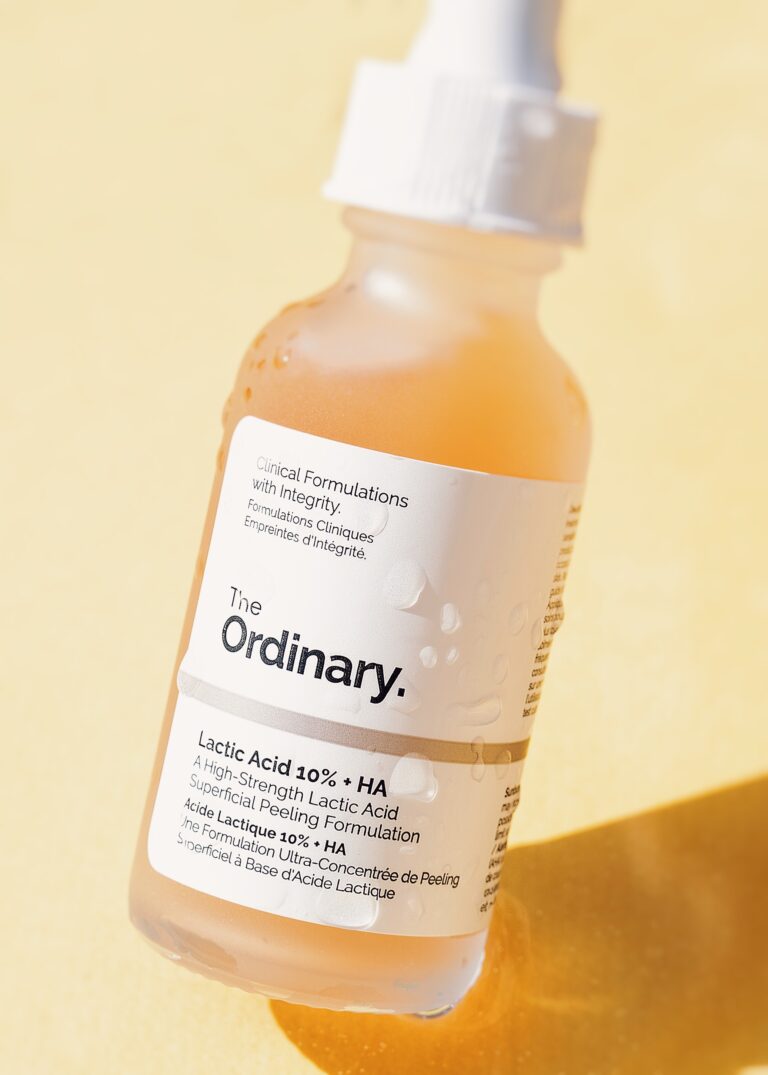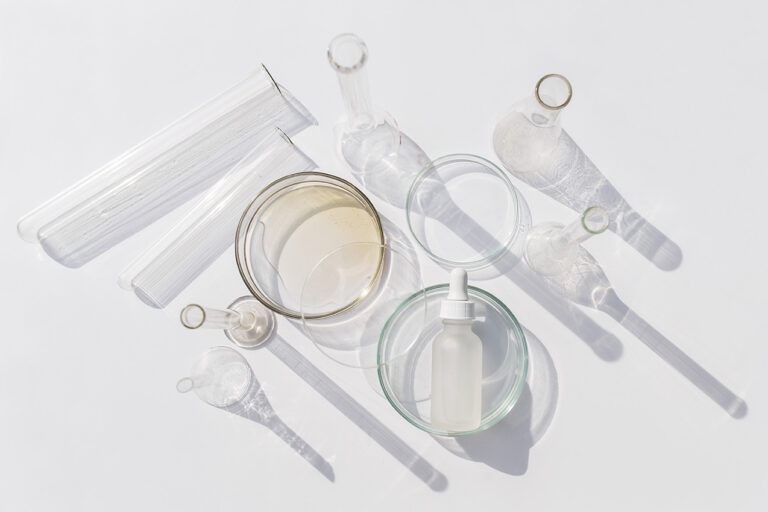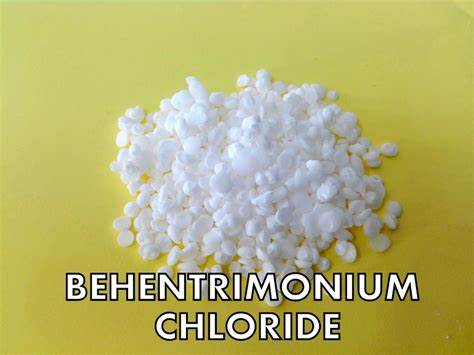

From eliminating greenwashing through blockchain technology and government-mandated evidence of eco-friendly marketing claims through the Green Claims Code and our own Australian ACCC latest draft guidance to improve businesses’ environmental claims to democratizing access to sustainability substantiation, the realms of ingredient transparency have certainly made great strides. However, with 94% of UK consumers stating that brands need to show more sustainability transparency, there is still more work to be done. To understand the social and environmental impacts of the formulations and products we are selling to consumers, we need to be more diligent in the transparency as this is the
Are we entering a new era of cosmetic regulation? Certain acts and regulations related to cosmetics can vary by country or region. These regulations often focus on ensuring the safety, labelling, and advertising standards of cosmetic products. In the US, recent developments in MoCRA (Modernizing Cosmetics Regulation Act) have come to light. What you may not know is exactly what the legislation means for your company in terms of necessary adjustments in operations and strategy. There’s plenty to learn about MoCRA and its implications for your organisation – including new records to be created and maintained; testing that must be

Lactic Acid is a common ingredient found in a wide range of cosmetic and personal care products, such as the increasingly popular chemical peel. While it is known for providing unparalleled benefits for the skin, there are some important safety requirements you should be aware of when using this ingredient. As a beauty brand owner, you must be aware of the cosmetic formulation guidelines and workplace health and safety (WHS) precautions for this commonly used ingredient so that you can protect everybody interacting with both this ingredient and any products containing it. Below, we detail what Lactic Acid is, and

Over the past few weeks, we have talked about your product, your packaging and labelling and although we spoke briefly about supply last month I would like to dwell a little deeper and what to expect. As previously mentioned, the last thing you want to do as a small brand is to finally get your break that you have been working so hard towards and have stock rejected, not be able to supply or not be compliant with their requirements. So let’s break this down and have a look, why would your stock get rejected when they ordered in the

Understanding the hair allows us to understand key ingredient to use to help support. Watch this cool video (from a white man with no curly hair haha) for a short understanding of WHAT MAKES CURLY HAIR CURLY. And why Curly hairs needs are different! Conditioning thick curly and frizzy hair can be quite challenging as you want to ensure you have ample power for comb-through but not too much for residue! Curly hair need extra TLC because as the video shows, natural oils find it hard to move down the hair. Choosing key ingredients that have an affinity to hair
©2023 ph Factor | We Create The Different | Suite 1, 8a Fisher Place Narwee NSW 2209 | Ph: (02) 9533 1751 | Site Credit
©2023 ph Factor | We Create The Different | Suite 1, 8a Fisher Place Narwee NSW 2209 | Ph: (02) 9533 1751 | Site Credit